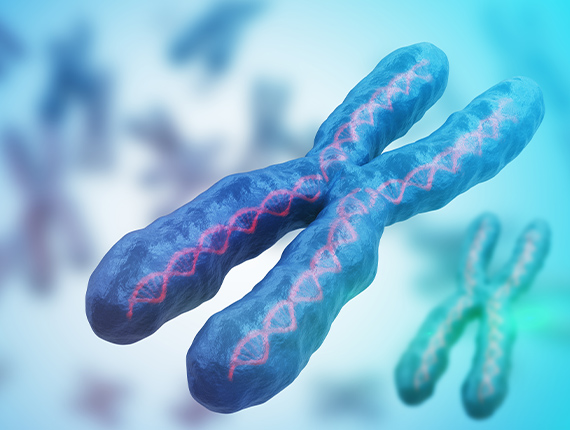Reproductive Genetics
Genetics has a role in every discipline of medicine. Traditionally it is known that genetic disorders are untreatable hence hesitation to invest on genetic disease. Now this concept is changing. The major contribution of genetics is to predict and prevent a disorder thus decreasing its burden right from the planning of reproduction. To fulfil this objective a new branch, known as Reproductive Genetics, has immerged. Reproductive genetics is a branch of science that deals with the genetic contribution of reproductive process, both natural and assisted. Now it expands to include studying genetic as well as epigenetic modifications of genome and its effect on reproduction. Genetic factors are greatly responsible for infertility, abortion, stillbirth, malformation and cancer. Reproductive genetics is becoming an integral part of today’s reproductive practice due to increase in the burden of reproductive disorders.
The ideal time to apply reproductive genetics should be from the time of pre-conception or peri-conception period so that prediction and/or prevention (primary and/or secondary) is possible. Advances in molecular and reproductive technology like preimplantation genetic screening/diagnosis (PGS/PGD) using next generation sequencing and microarray are now available.

Pre implantation Genetic Screening – PGS
PGS is a technique for testing whether embryos have any problems with their chromosomes. It is recommended for women with recurrent IVF failures, recurrent miscarriages women with age > 40 years.
Pre implantation Genetic Diagnosis –
Pre-implantation genetic diagnosis (PGD) is generally defined as the testing of pre-implantation stage embryos for genetic defects. It has been developed for couples whose potential offspring are at risk of genetic disorders, structural chromosome abnormalities or mitochondrial disorders. Pre-implantation embryo diagnosis requires in vitro fertilization, embryo biopsy and the cells are analysed using fluorescent in situ hybridization or polymerase chain reaction or next generation sequencing.

